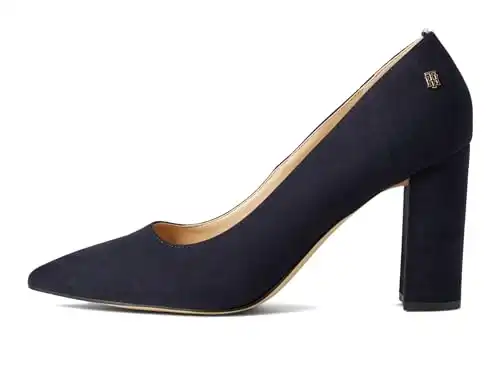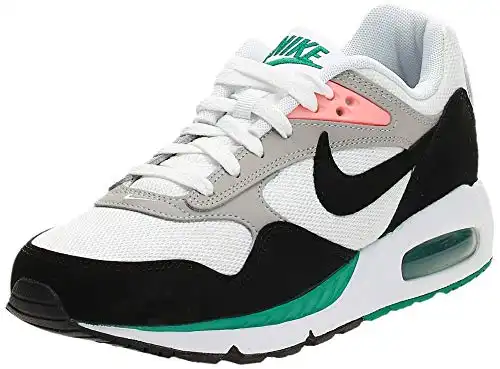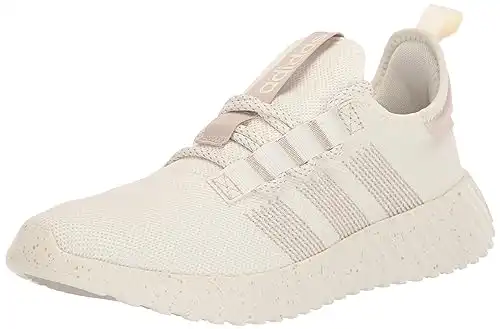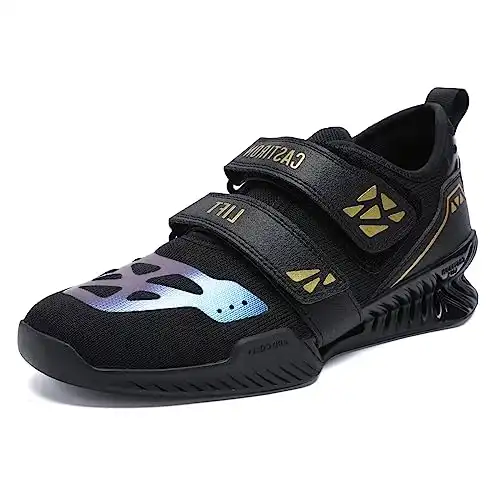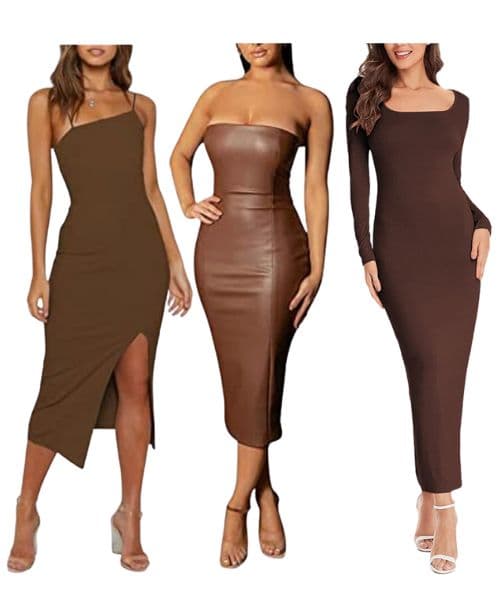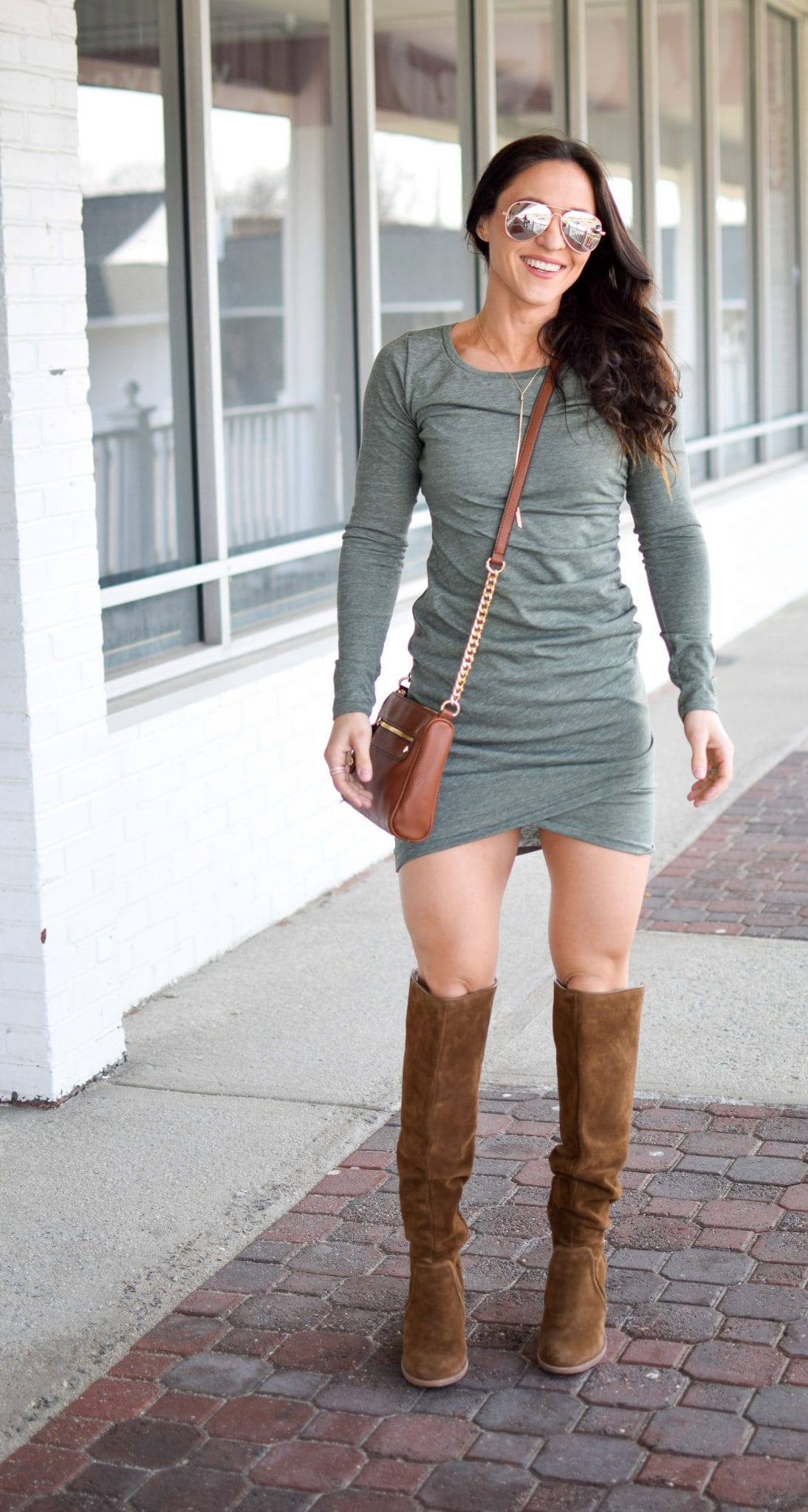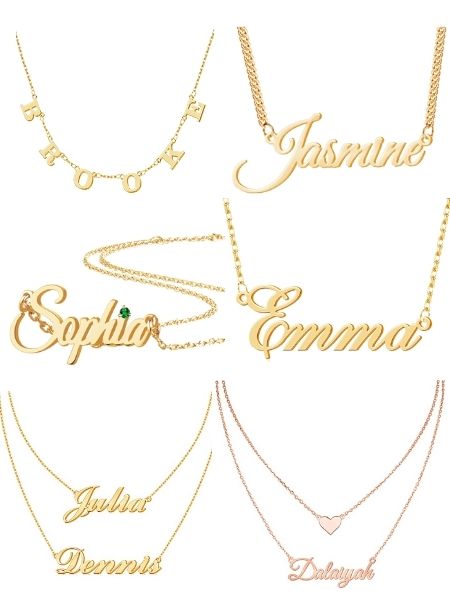Shoe Parts Anatomy Guide: What You Need To Know
Shoes are an everyday essential, and believe it or not, there’s quite a bit of fascinating detail that goes into crafting the perfect pair.
From comfort to style, each section serves a unique purpose that contributes to the overall functionality and design.
In this article, we’ll take a closer look at the different parts of a shoe, their technical terms, and how this knowledge can help make an informed decision when selecting the perfect footwear.
We’ll go over shoe anatomy as a whole as well as some more intricate components, such as the toecap, tongue, insole, and outsole, to give you a comprehensive understanding of what makes up a shoe.
Whether you’re a shoe lover for fashion, a runner, or someone who works on their feet all day, the information below can help you choose your next pair of shoes.
Parts of a Shoe: The Ultimate Guide
The basic parts of a shoe are the upper, the sole, and the heel.
Each plays a significant role in not just the functionality and comfort of your shoe but also in the style.
Let’s go over the details of these shoe parts.

Upper of the Shoe
The shoe upper is the top part of the shoe that encapsulates the foot and provides support.
Unlike the sole, it is at the top of your foot.
It’s typically made of a rigid material to help keep it stable.
It is often made of a strip of material such as a piece of leather, synthetic fabrics, or a combination of various materials.
The form of the upper varies depending on the type of shoe, with leather shoes having a more rigid structure and sports shoes using softer, more flexible materials.
The upper part of the shoe is highly dependent on the activity that the shoes will be worn for.
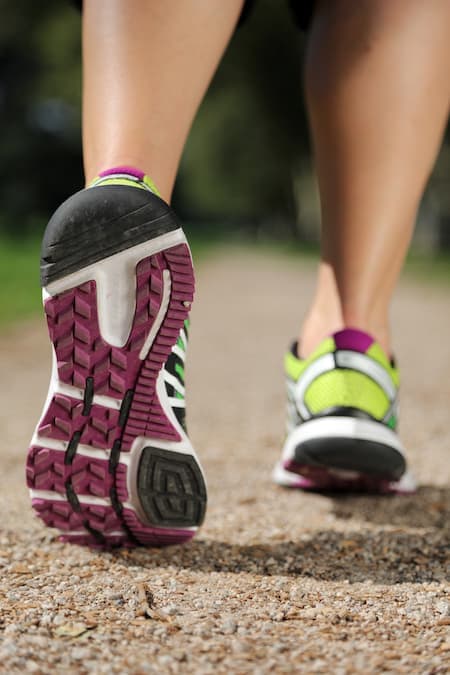
Sole Design
The sole of the shoe is the bottom of the shoe and is the part that makes direct contact with the ground.
Fun fact: The part of the sole on the interior is often known as the insole while the part on the outside of the shoe that touches the ground as often referred to as the outsole.
As expected, the sole of your shoe has a lot to do with the overall comfort of your shoes.
The sole typically consists of layers of material designed for various purposes like shock absorption, energy return, and protection (e.g., a rock plate in trail shoes).
The arch of the sole often features medial support, known as the medial post, to help with stability, and it often provides extra comfort.
For someone who works on their feet all day like a nurse or Doctor, a shock-absorbent sole that provides proper cushion and support, is imperative.
Heel and Arch Structure
The heel of the shoe consists of several parts, including the heel counter, heel seat, and heel tab.
These parts work together at the heel of the foot to support the rear part of the shoe as well as the wearer’s Achilles tendon.
An Achilles tendon injury/strain is a very popular and chronic issue that many people deal with.
Luckily, wearing the right shoes can help ward off this potentially bothersome issue.
Proper heel and arch support can prevent foot issues like plantar fasciitis as well.
The arch of the foot is further supported by the shoe’s arch structure, which may include rigid materials or additional padding.
Toe Features
Toe features in shoes consist of elements such as the toe cap, toe tip, and toe boxes.
These components protect the front part of the foot and provide a comfortable space for toes to move.
The toe spring and toe drop are two crucial dimensions that affect the shape of the shoe and the foot’s natural alignment.
When looking at the front of the shoe, this is what you’re looking at.
Have you ever bought a pair of sneakers in your normal size and felt like your feet were squished at the top?
This likely means that the toe box was too narrow.
This is a complaint that I often find with Nike (though I love the brand more than anything!)
Some of their sneakers just have a very strange/small toe box and it makes the sneakers very uncomfortable or too small.
Two brands that are well-known for having a roomy and comfortable toe box are Brooks and Adidas.
This pair of Adidas is one of my go-to’s. They are so insanely comfortable and they come in a ton of colors.
Not to mention, it looks like a lace-up shoe but is actually a slip-on!
Lacing System
The lacing system of a shoe typically consists of a lace stay, shoe lace, eyelets, and shoe tongue.
These plays a critical role in securing the foot and providing a snug fit.
The lacing system is made of durable materials, is a part of the upper, and is almost always on the front of the foot and on the top of the shoe.
Lace-up boots or shoes may feature a gusseted tongue for increased comfort and protection from the elements.
The lacing system is the very top piece of the shoe. It is always attached to the outer portion of the front part of the shoe.
The eyelets are the small holes that the laces go through to keep them in place.
These insoles offer extra support for women with shoe sizes 6-11 plus a trim-to-fit feature for the perfect fit.
Padding and Comfort
Shoes usually incorporate padding and soft materials on the inside of the shoe to enhance comfort.
The inner sole or insole provides extra cushioning for the foot, and additional padding may be found at the rear of the shoe on the inside, providing comfort to the back of your heel and top of the foot.
Insoles are a very important part of a shoe.
Without the right cushion, a great shoe can turn into a horrible one.
There are many types of insoles out there that you can swap out for the generic one that comes in your sneakers, or depending on the shoe, you can lay a different insole directly on top of the one that’s already there.
Dr. Scholl’s is one of the most popular insole brands.
They have many different insoles for all different types of shoes for men, women, and children, including those made for heavy-duty, options for trim-to-fit, reinforced arch support, and much more.
Quarter
The quarter is the back part of the shoe and the sides of the shoe.
This can be the same material as the rest of the shoe or it can be a different material.
The material can be anything from a soft material like cotton or mesh to something a bit stiff, like canvas or leather.
Feather Edge
The feather edge is the area of the shoe where the upper portion of the shoe meets the sole.
It goes from the front of the shoe around to the back of the shoe, typically, in one continuous line.
Often, this component is not visible to the naked eye. However, depending on the style of the shoe, the shoemaker or brand will run some color along the feather edge to show a break between the 2 parts.
Miscellaneous Components
Other shoe components, such as pull tabs, heel tabs, and top pieces, contribute to the shoes’ overall functionality and ease of use.
These small details can make a significant impact on user satisfaction.
The hoe pull tab or heel tabs help a wearer put their shoes on with ease.
This is great for those with mobility issues or for those who have wider feet.
Additionally, it’s great to have a pair post-surgery, etc. I know from experience!
Performance and Enhancement
Shoe performance varies depending on the type and purpose of the shoe.
Racing shoes focus on lightweight construction and energy return, while trail shoes prioritize stability and traction.
Dress shoes and high heels prioritize aesthetics and formality, whereas stability shoes are designed for individuals with specific foot shape requirements or conditions, such as overpronation.
Furthermore, shoes crafted specifically for certain activities will have different features.
Weightlifters should focus on the sole of the shoe (should be flat – like the shoes above) whereas people who cross-train want to look for sneakers with added ankle stability.
The list goes on and on, but in the end, knowing all the different parts of a shoe can help to choose a pair that works for your needs.
Conclusion
In summary, while there are several main parts of a shoe, they all serve different purposes depending on the shoe type and use.
Understanding these components can help individuals find the best shoe for their needs, ensuring comfort, support, and optimal performance.
Other Posts You Might Like:
